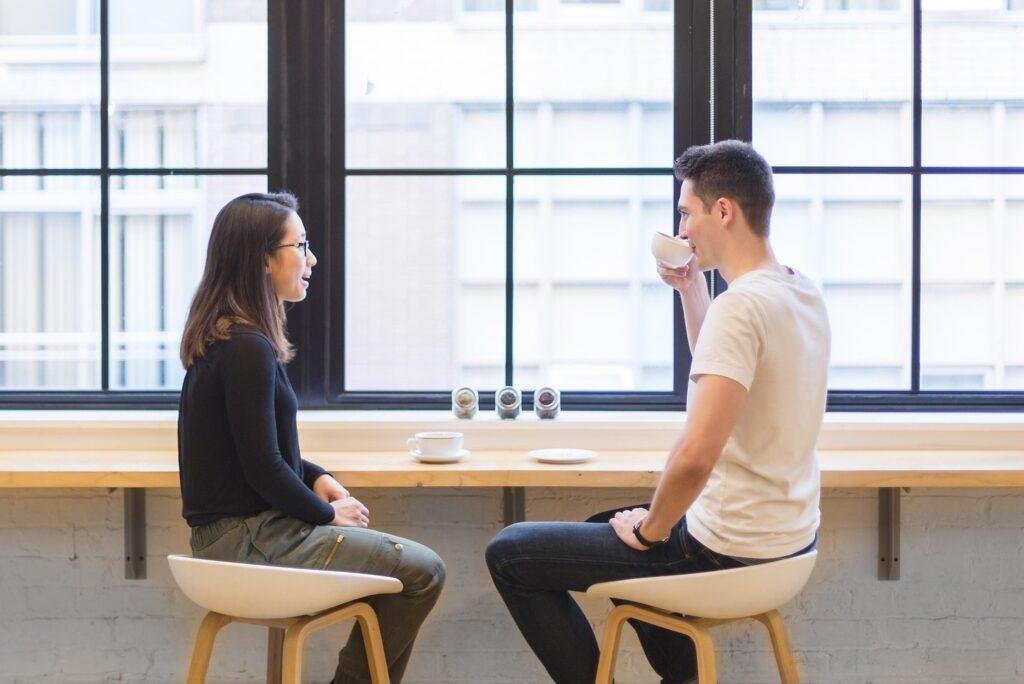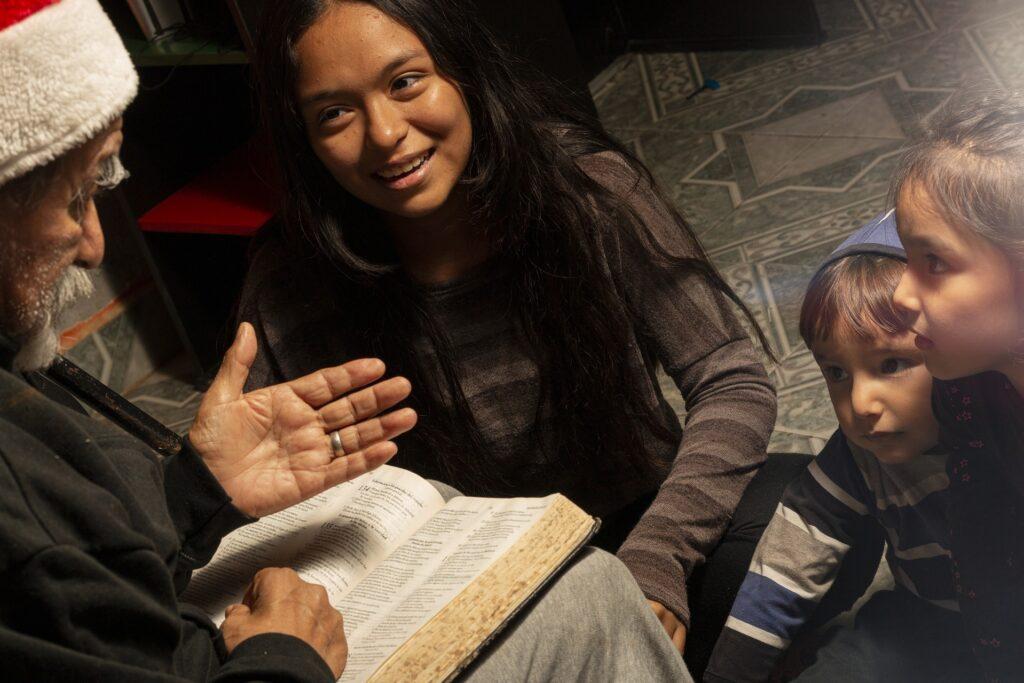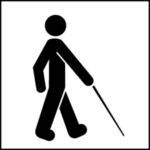Special Online Exhibit: The Incredible Human Voice
The Historical Human Arc of Communication
Speaking > Storytelling > Sound Recording > Oral History
When we think about the intersection of history and communication, we encourage you to think about four fundamental topics: the human voice itself; the deeply human activity of using the human voice to tell stories; the sound recording and broadcast technology that makes it possible to capture, preserve, and share the human voice with others; and the practice of oral history–that is, using recording technology to better understand people’s lived experiences and historical memories. For a variety of interesting and entertaining videos on these topics, see our VIDEO EXPLORATION section below.

The Human Voice
The human voice is the greatest communication technology ever created. The highly sophisticated and specialized biological mechanisms of human sound production are some of the most remarkable devices ever to exist. In fact, the engineering sciences still struggle to produce the sonic and linguistic capacity of humans–even toddlers.

Storytelling
Storytelling is the oldest and most powerful form of human communication. Historians refer to the time prior to the invention of the written word (literacy) as “pre-history.” Without writing, people are said to have lived in oral cultures relying on the spoken word and oral storytelling as the primary means of communication–for everyday life and entertainment.

Sound Recording
Recording technology allows us to capture, preserve, and share voices and stories of our time. Although the human voice was first recorded by Edouard-Leon Scott de Martinville in 1860, it wasn’t until the early 20th century that voice recordings became routinely available to the public. Today, voice recordings are extremely commonplace in our technologically advanced world, which is also making great advancements into voice recognition technology as well.
Oral History
Historians use recording technology to preserve a record of people’s lived experiences and historical memories. Sound recording technology helps historians capture, preserve, and share not only people’s stories, but the sound of their actual voices as well. It is remarkable to think that for all of human history until the 19th century, no human ever heard another’s voice unless they were physically in their presence. And all humans who lived before the invention of sound recording have lost their voices to eternity.
Learn more about oral history in Beaver County.
"Human" Speech, Artificial Intelligence, and Public History
One of the most profound, exciting, and rapidly expanding frontiers of today’s communication technology is voice recognition and artificial intelligence machine systems capable of generating remarkable human-like speech commands, as well as receiving and interpreting actual human speech. Think of Apple’s Siri, Google Assistant, Microsoft’s Cortana, Amazon’s Alexa, or IBM’s Watson just to name a few of the most popular systems in use today in our homes, cars, workplaces, and on our everyday computers.
In the most realistic sounding speech technologies, sophisticated artificial intelligence programs synthesize together hundreds, if not thousands, of phonemes, words, phrases, and sentences pre-recorded by voice-over actors.

Image shows ADA symbol representing the availability of services or tools for those who are blind or otherwise have low vision.
While it is beyond our ability to cover the full topic of voice recognition technology here in this exhibit, we do want to point out that public historians–even at the local level–have recognized the value of this technology to help improve access to museum exhibits and programing.
In fact, the Little Beaver Historical Society is currently testing an internet-based “text-to-speech” (TTS) system powered by artificial intelligence that helps our website visitors with vision impairments to hear a human-sounding voice dictate the text of our exhibits, including descriptions of photographs. The current system we are experimenting with is somewhat rudimentary, but functional. Our goal is to improve this service over time.
We are the first local history organization in Beaver County to offer this specialized communication feature as part of our programming to be more inclusive of those with special needs.
